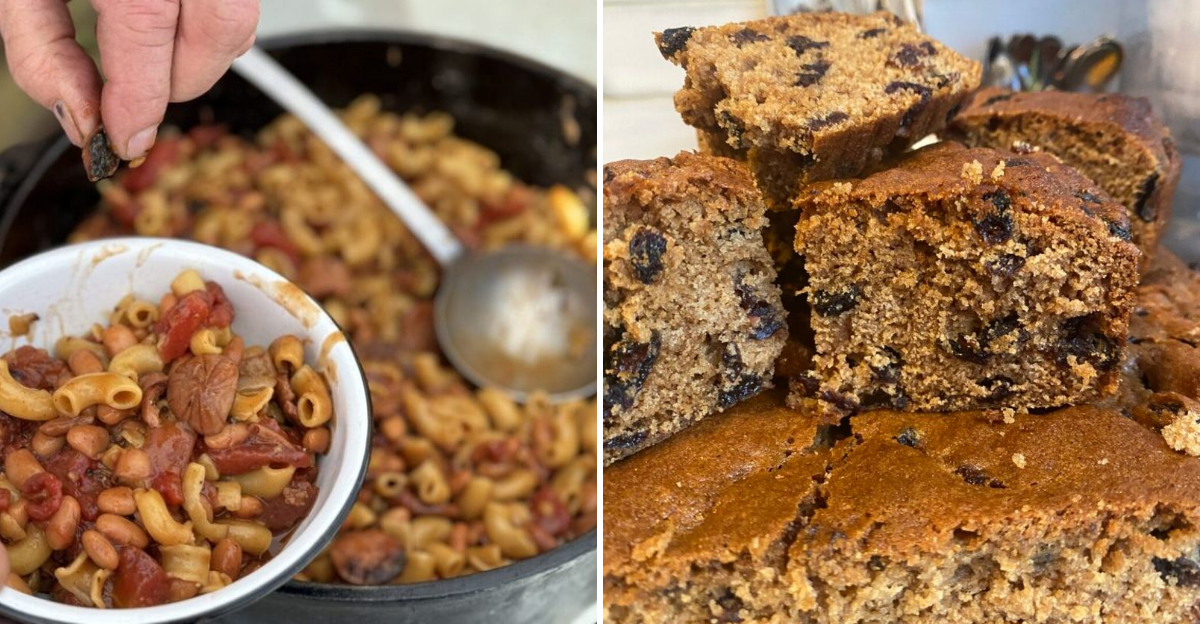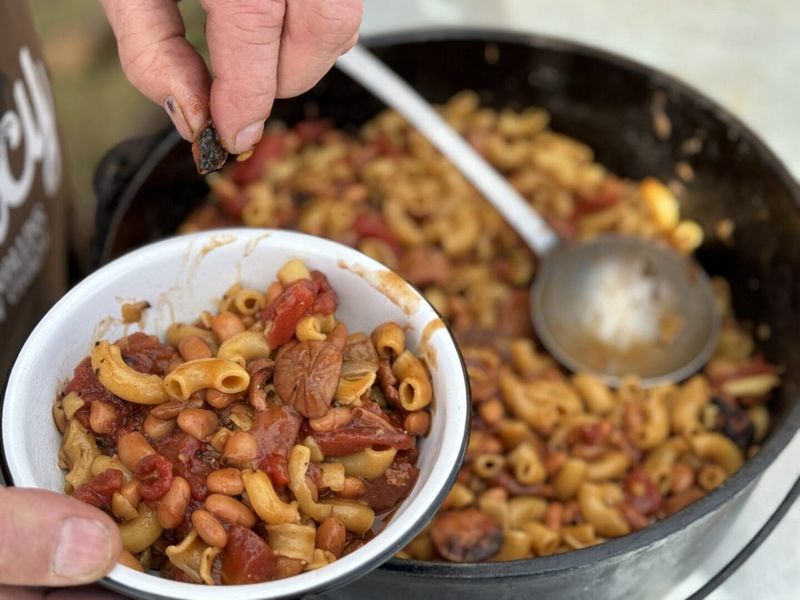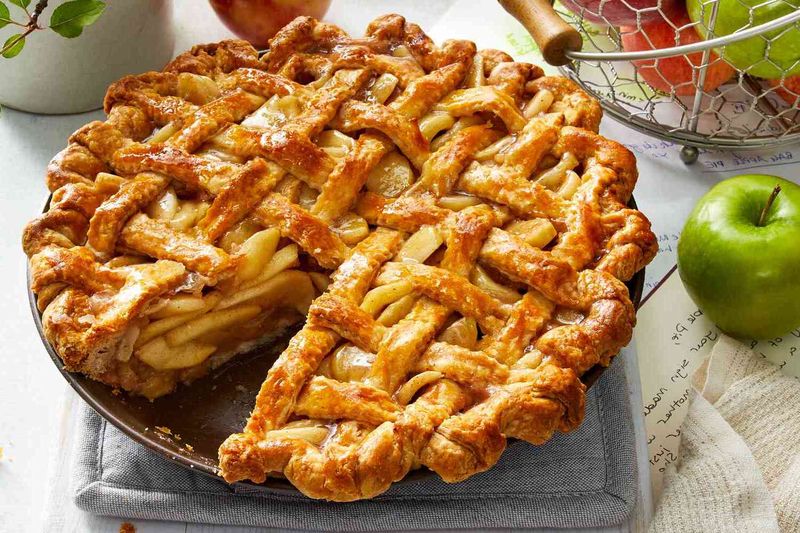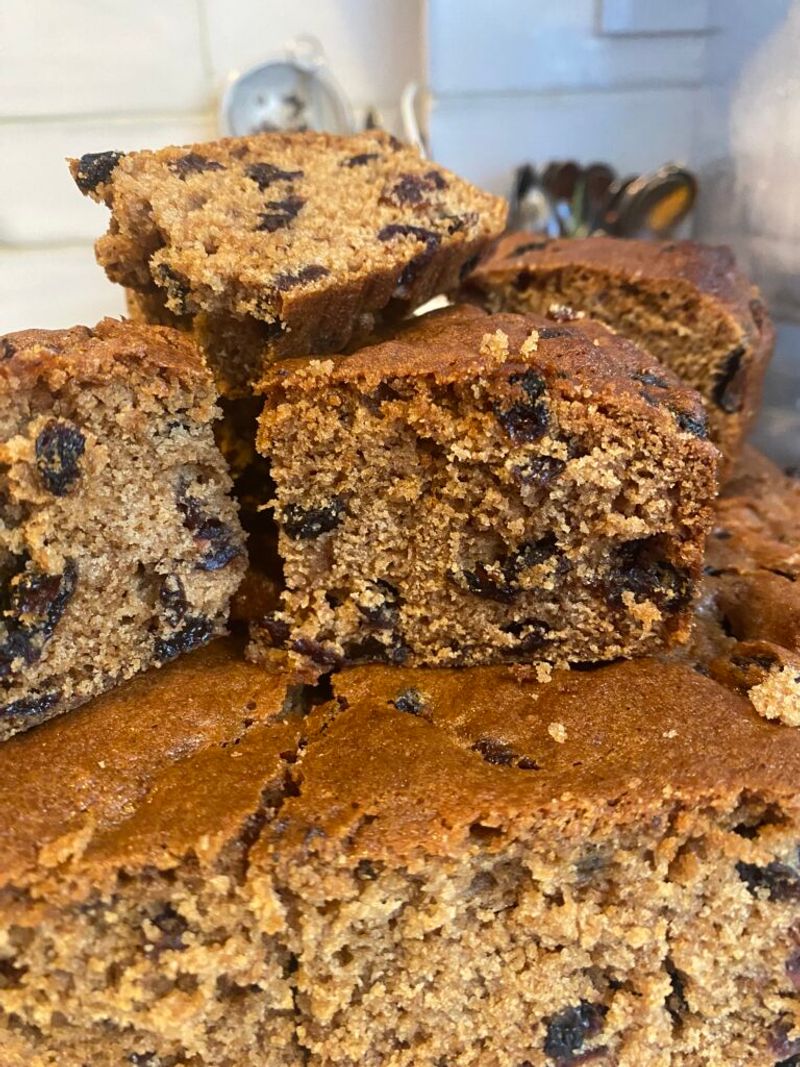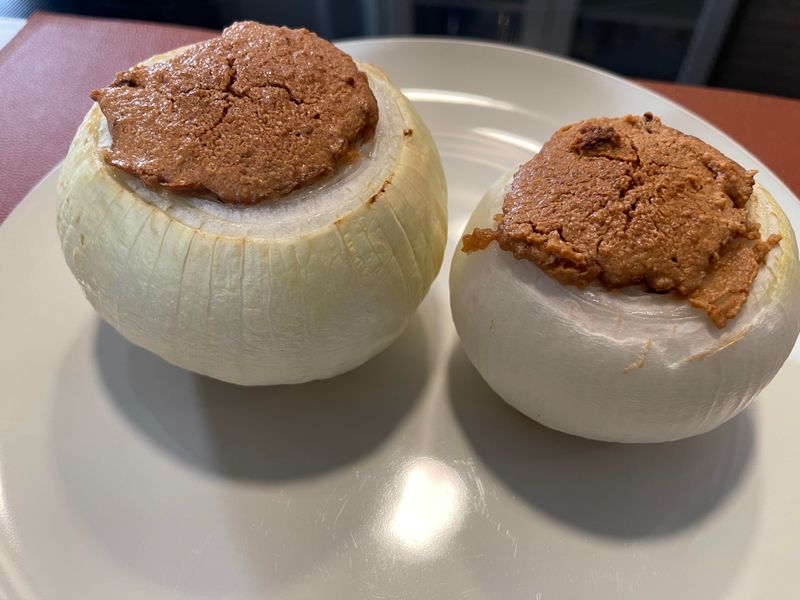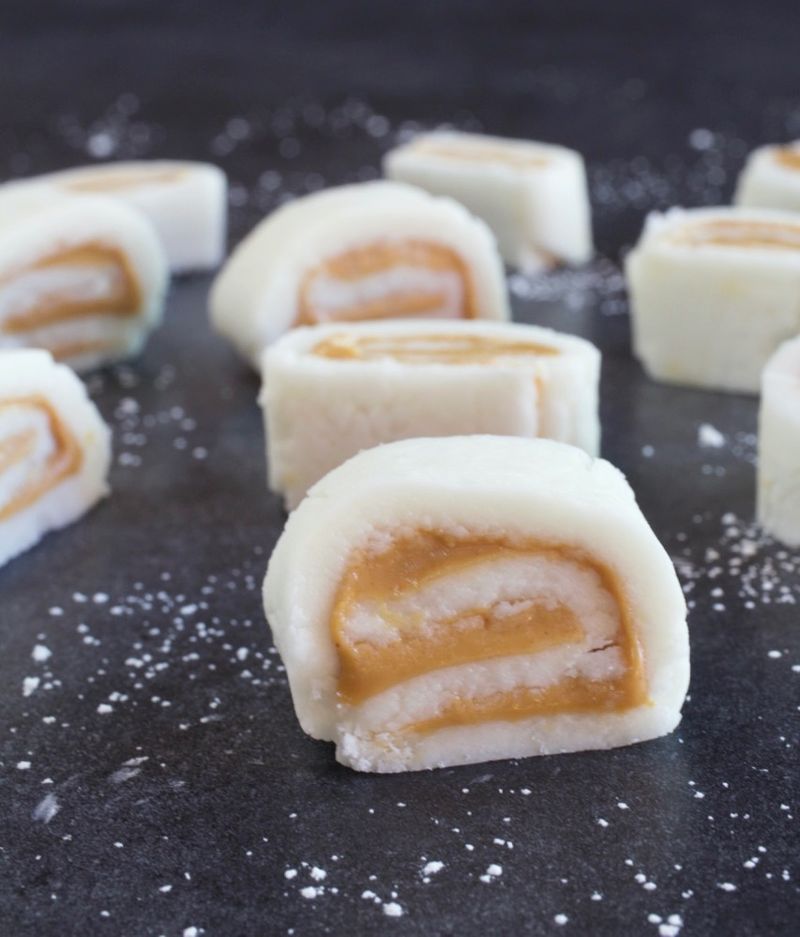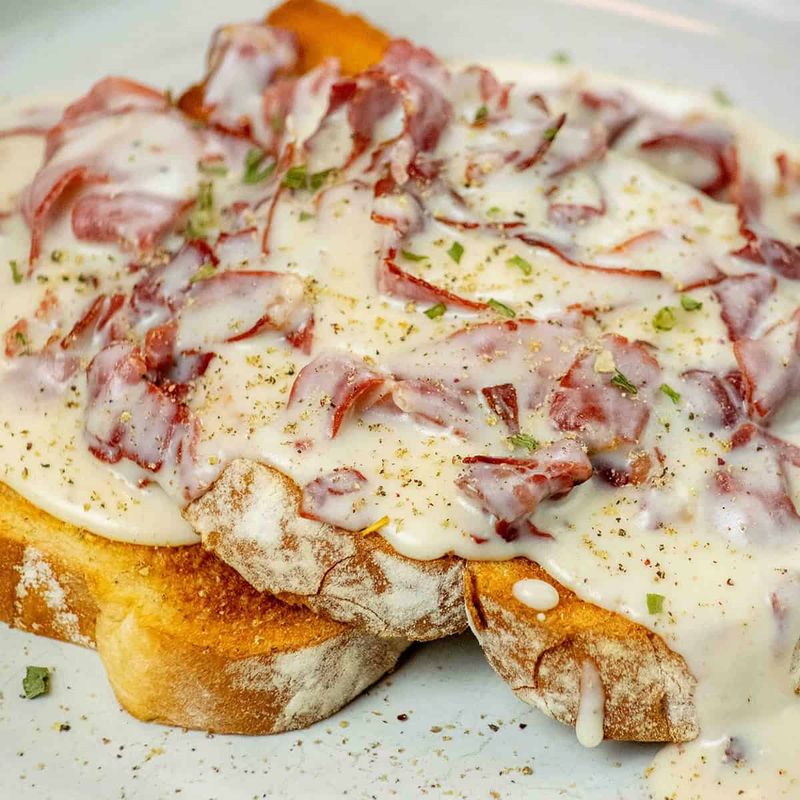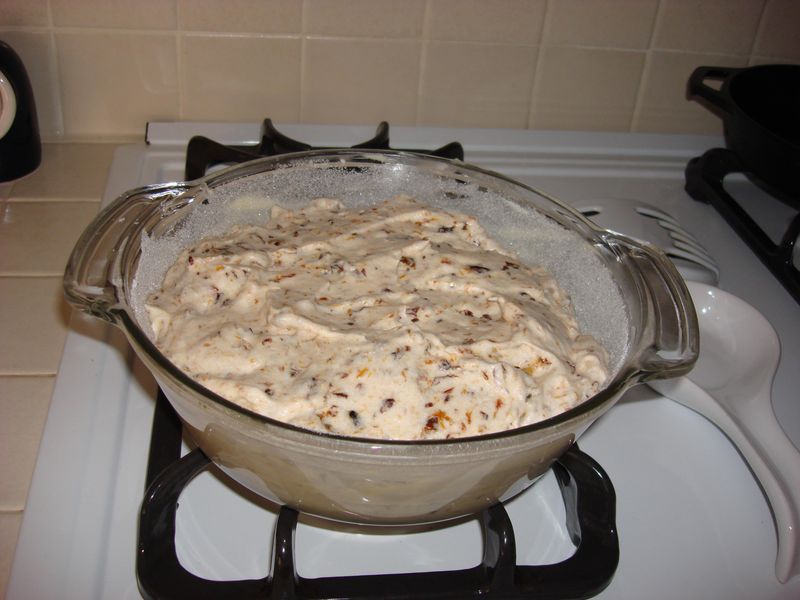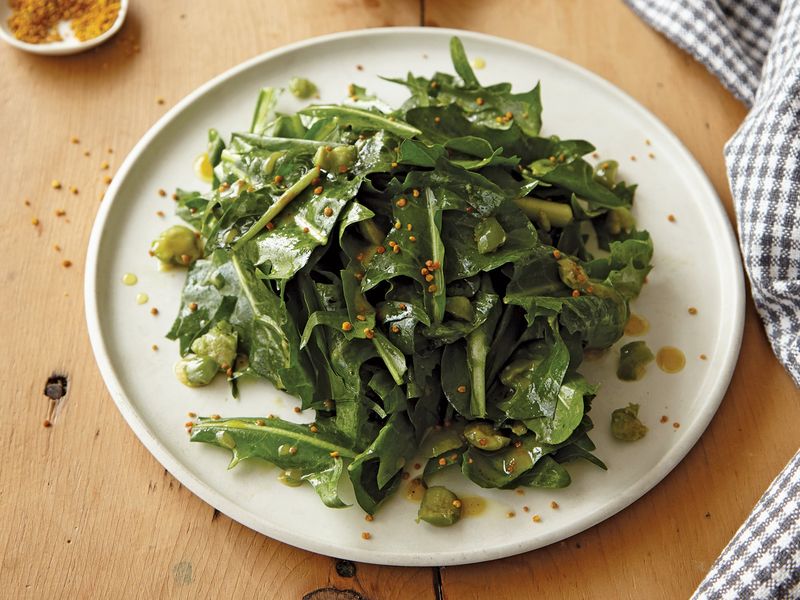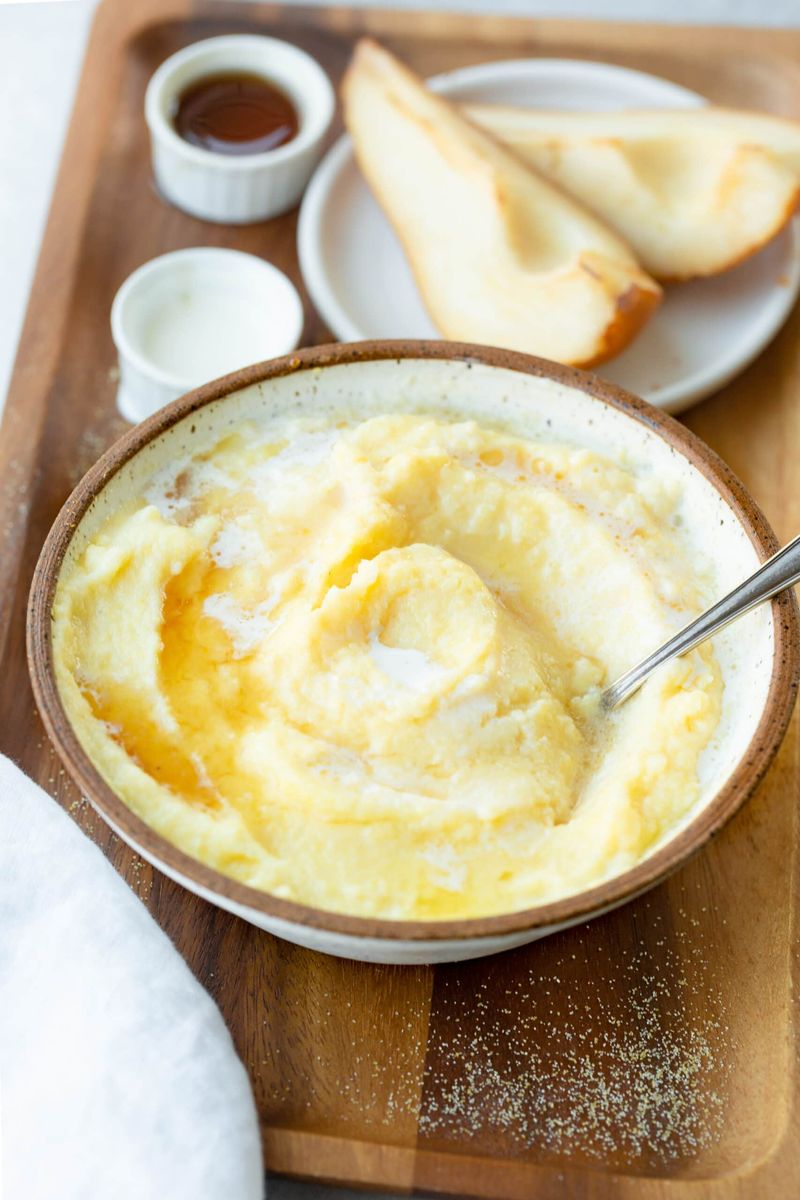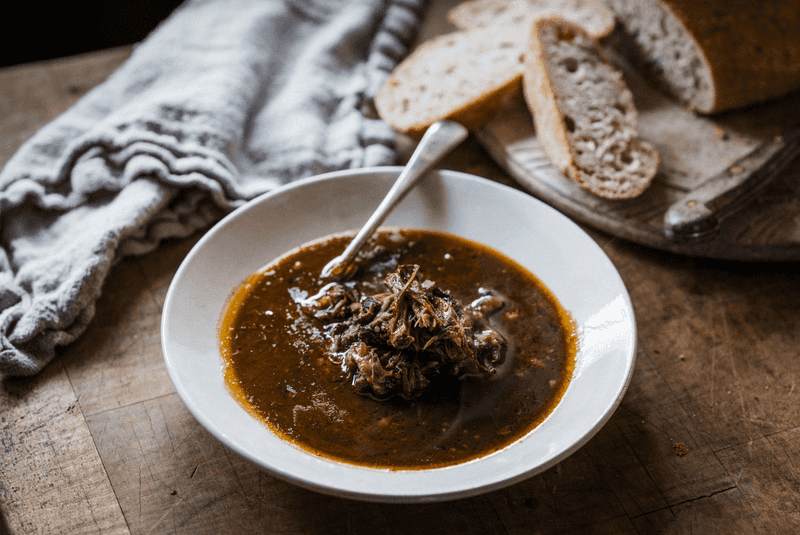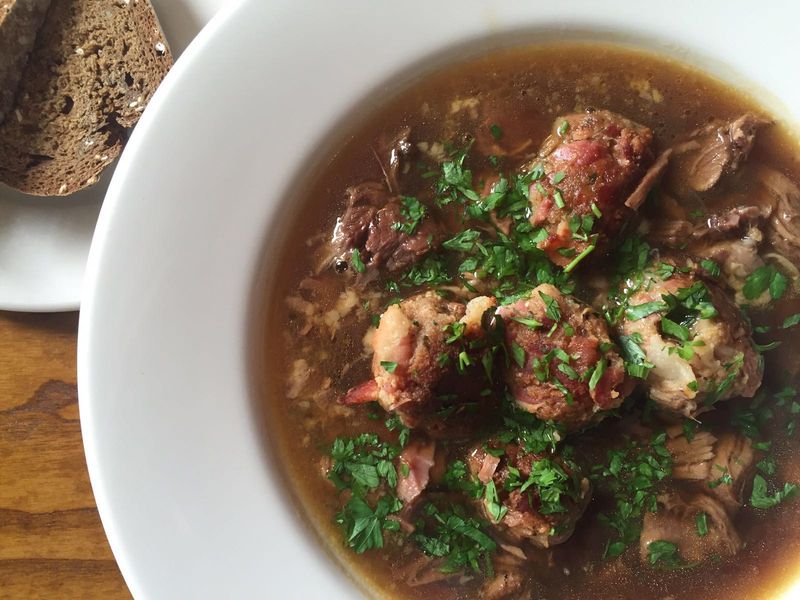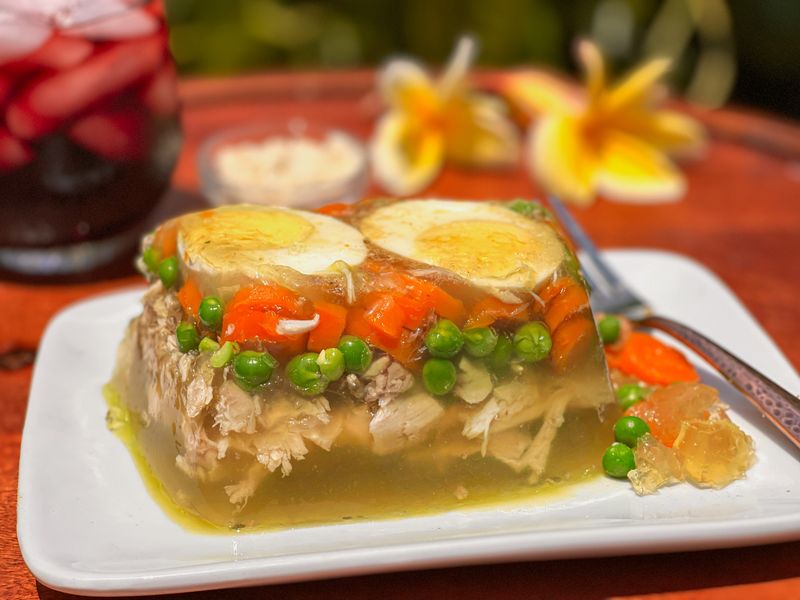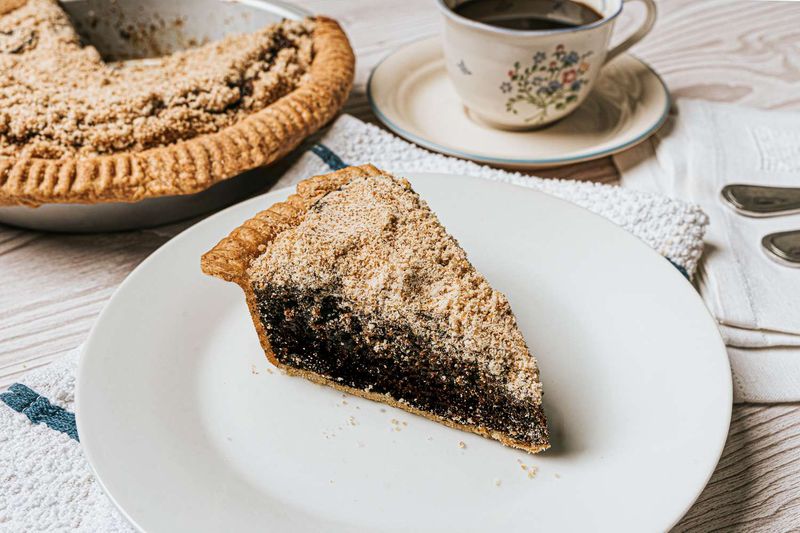The Great Depression was a challenging time that led to the creation of many innovative and frugal recipes. Today, these nostalgic dishes are experiencing a resurgence as people seek comfort and simplicity in their meals.
This revival of Depression-era foods is not just about embracing the past but also about discovering timeless flavors that have become relevant once again. Let’s explore three of these beloved recipes that are making a modern comeback.
1. Hoover Stew
Hoover Stew was an ingenious creation born out of necessity during the Depression era. Consisting of simple ingredients like macaroni, canned tomatoes, corn, and hot dogs, it was a staple for many families. Today, its resurgence comes with a modern twist.
People enjoy adding fresh herbs and vegetables to elevate its taste. The dish serves as a reminder of resilience and creativity in cooking. It’s an excellent choice for those looking to enjoy a quick, hearty meal with a touch of nostalgia.
Try experimenting with different vegetables to make it your own.
2. Mock Apple Pie
Mock Apple Pie is an iconic dessert that surprisingly contains no apples. Instead, Ritz crackers are used to mimic their texture, combined with sugar and spices to create an apple-like filling.
This culinary trickery became popular when apples were scarce, allowing families to enjoy a familiar treat. Today, it offers a fun way to surprise guests with its authentic taste.
Baking this pie can be a delightful experience, evoking memories of simpler times. It’s perfect for those who love experimenting with unconventional recipes.
3. Depression Cake
Depression Cake, also known as Wacky Cake, is a testament to resourcefulness. Made without eggs, milk, or butter, this chocolate cake uses vinegar and baking soda for leavening.
Its simplicity makes it a favorite among those seeking to recreate past culinary delights. The cake’s rich flavor belies its humble ingredients, offering a sweet escape from modern complexities.
Enjoy it plain or with a dusting of powdered sugar. This cake invites creativity, allowing bakers to experiment with different spices or additions for personalized touches.
4. Peanut Butter Stuffed Onions
Peanut butter stuffed onions may sound bizarre, yet they were a creative solution during hard times. The savory onion contrasts with the nutty, creamy filling, creating a surprisingly harmonious bite. In the 1930s, stretching protein sources was crucial, and this dish achieved just that.
The modern take might include a sprinkle of herbs or a dash of spice to enhance the flavors.
This unusual appetizer is making waves in niche culinary circles today, appreciated for its boldness. It’s a conversation starter, perfect for those adventurous enough to explore historical flavors.
5. Mashed Potato Candy
Mashed potato candy is a sweet treat that confounds expectations, using humble ingredients to create something delightful. Blending mashed potatoes with powdered sugar and vanilla, this candy is surprisingly smooth and sweet.
Born out of necessity, today it appeals to those seeking gluten-free sweets. Some variations include coconut, adding texture and flavor depth. The minimalist aesthetic of this candy reflects its Depression origins, yet its taste is timeless.
Now, it’s gaining popularity at nostalgic-themed parties where the past meets present culinary innovation.
6. Creamed Chipped Beef on Toast
Creamed chipped beef on toast, affectionately known as ‘S.O.S,’ is a comforting dish that harks back to military mess halls and Depression-era tables. It’s a simple combination of dried beef in a creamy sauce, served over toast.
While it was born of necessity, its rich and savory taste has ensured its survival into modern times. Today, chefs are reimagining this dish with gourmet twists, using artisanal breads or adding fresh herbs.
Despite its humble beginnings, it remains a beloved comfort food, embodying resourcefulness and nostalgia.
7. Prune Whip
Prune whip is a light, airy dessert that cleverly utilizes dried fruit. In the 1930s, its appeal lay in its affordability and nutritional value.
Today, it’s experiencing a revival as a health-conscious dessert, with prunes packed with fiber and antioxidants. The whip’s texture is reminiscent of mousse, making it a delightful end to any meal.
Adding a touch of citrus or a sprinkle of nuts can modernize this treat. Its subtle sweetness and historical roots make prune whip an intriguing choice for those exploring vintage culinary trends.
8. Dandelion Salad
Dandelion salad showcases how foraging became essential during tough economic times. The bitter greens were readily available and packed with nutrients.
Modern chefs are rediscovering these weeds, using them in salads and soups to add a punch of flavor. Tossed with a tangy vinaigrette, dandelion greens offer a unique taste that stands apart from typical lettuce varieties.
This salad is a testament to survival and ingenuity, now intriguing food enthusiasts who embrace sustainability and local sourcing. From garden nuisances to gourmet greens, dandelions have come full circle.
9. Cornmeal Mush
Cornmeal mush is a versatile dish that was a staple during the Depression for its affordability and simplicity. Made by slowly cooking cornmeal in water until thick, it’s similar to polenta.
Often served with syrup or milk, it could be a sweet breakfast or a hearty side dish. Today, chefs revive it as a comforting, gluten-free alternative to oatmeal.
Adding contemporary toppings like fresh fruit or savory elements enhances its appeal. Cornmeal mush, with its humble origins, offers a warm embrace—a connection to simpler times and comforting flavors.
10. Oxtail Soup
Oxtail soup, rich and hearty, was a way to utilize every part of an animal. During the Depression, no food was wasted, and this soup exemplified that ethos.
Slow-cooked with vegetables, it transforms into a flavorful, satisfying meal. As modern cuisines embrace nose-to-tail eating, oxtail soup is gaining renewed attention.
Its robust flavor and comforting warmth make it perfect for cold days. Artisanal variations now feature unique spices or garnishes, yet the core remains the same—a delicious tribute to resourcefulness.
11. Mock Turtle Soup
Mock turtle soup was an inventive response to economic hardship, mimicking the expensive turtle soup. Using affordable cuts like calf’s head or veal, it delivered similar richness and depth.
Today, it’s appreciated for its creativity and robust flavors, often featuring mushrooms and spices.
This dish captures the Depression ethos—making do with what was available while still enjoying hearty meals. It’s a part of culinary history that offers a taste of the past with a modern flair. Enthusiastic cooks are rediscovering its charm in today’s kitchens.
12. Carrot Mold
Carrot mold, an unusual yet popular dish, reflects the Depression’s reliance on available produce. Combining gelatin with grated carrots and spices, it creates a vibrant side dish.
This dish is experiencing a slight comeback, with chefs intrigued by its texture and visual appeal. Modern versions might add nuts or citrus zest for added flavor dimensions.
Carrot mold stands as a nostalgic nod to creativity under constraint, attracting those interested in unique and historical culinary experiments. It serves as an artistic and tasty centerpiece for retro-themed gatherings.
13. Shoo-Fly Pie
Shoo-fly pie, with its rich, gooey molasses filling, embodies the ingenuity of Depression-era baking. Legend says it was named for the flies attracted to its sweetness while cooling.
This pie is part of Pennsylvania Dutch cuisine and combines a crumbly top with a robust center.
Today, it piques the interest of those exploring regional American desserts. While its components are simple, the flavor is complex and satisfying. Retro bakers embrace shoo-fly pie for its history and taste, bringing a slice of the past to modern tables.
